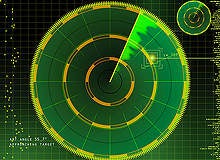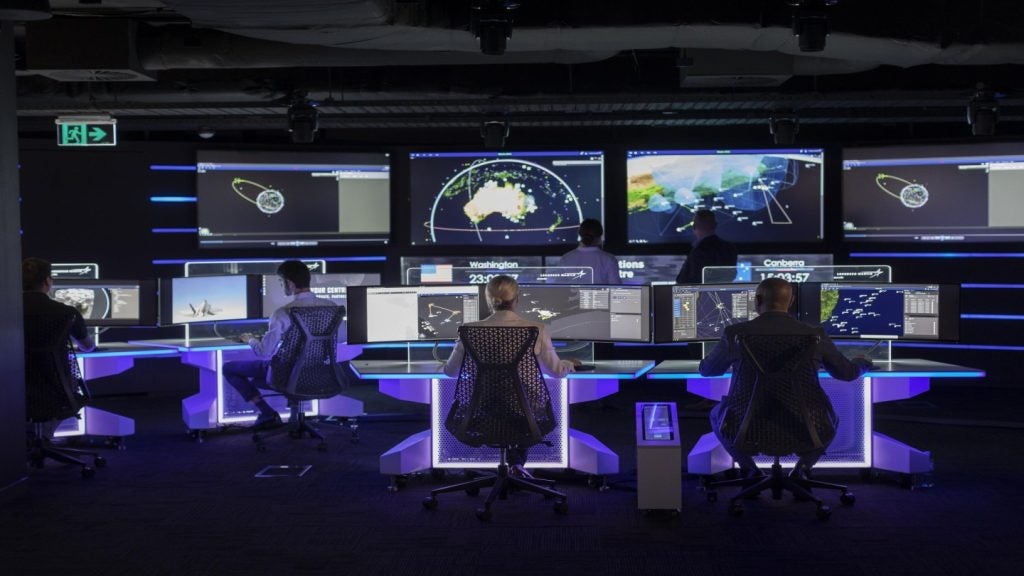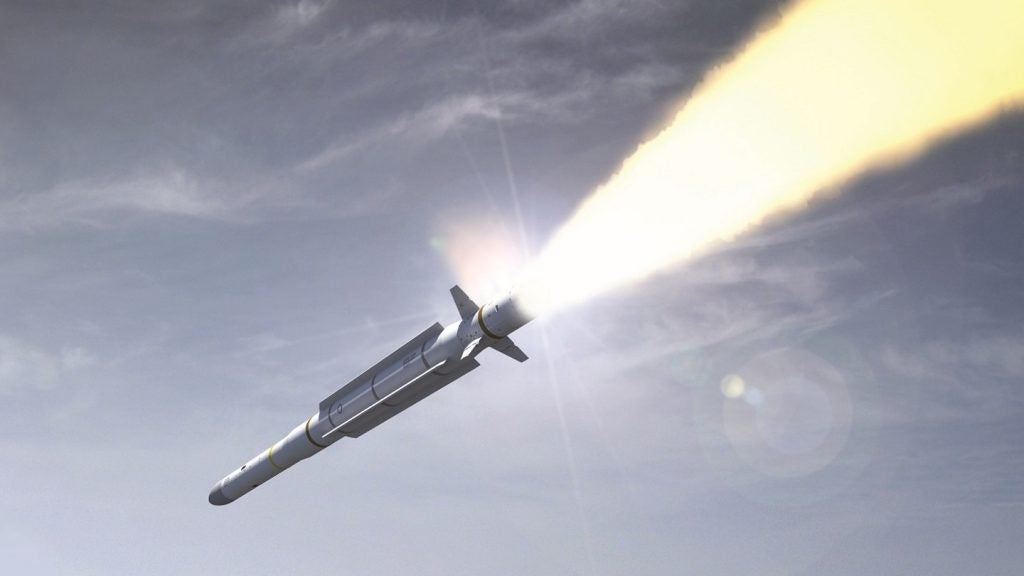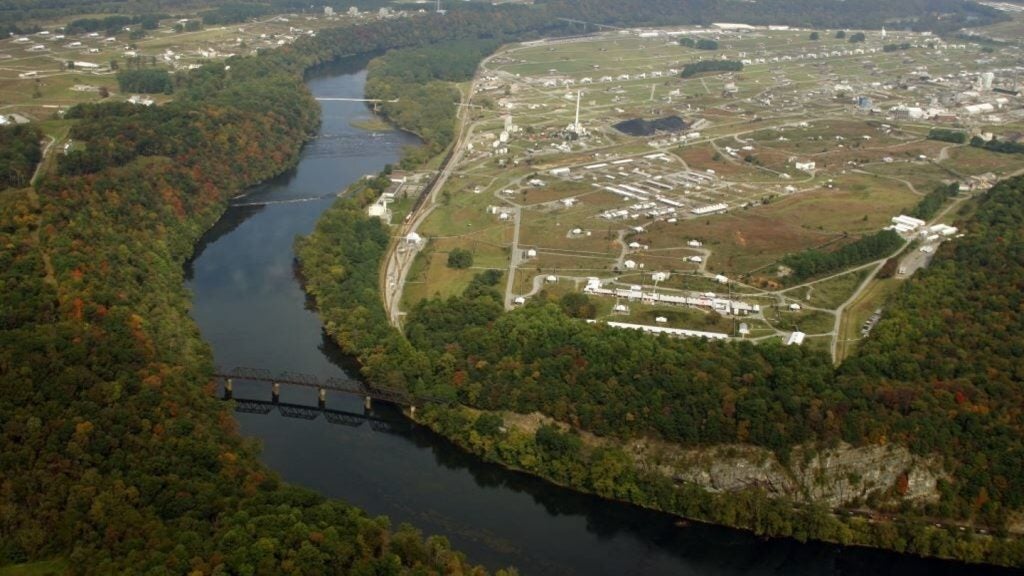
The ability to locate the source of enemy fire holds obvious advantages for ground forces. From base and perimeter security to troops on patrol, technology can provide the vital seconds of warning that could mean the difference between life and death. As well as improving the safety of soldiers under attack, accurate location of enemy firing positions also allows for a fast and effective counter-fire response from friendly artillery.
The technology behind weapon location systems varies from radar-based arrays to acoustic detection systems. These two primary options both have their own unique advantages, and far from being competing technologies, they can effectively be used in tandem, with the strengths of each technology complementing the other.
Radar-based weapon location systems were originally conceived to counter the kind of substantial, long-range artillery threats that would be prevalent in conventional warfare between well-equipped forces. But with the overwhelming prevalence of counter-insurgency environments in today’s conflict zones, these systems have been forced to evolve to meet the requirements of their users.
King ARTHUR: Radar-based weapon location
This is precisely the process undergone by ARTHUR, Saab Group’s passive phased-array radar system for locating enemy fire. Originally developed in the 90s as part of a joint project by the Swedish and Norwegian armed forces, ARTHUR is now on its third generation and has been in an ongoing process of adaptation and enhancement. The system has found considerable success among European armed forces, with customers including the UK, Denmark, Spain, the Czech Republic and Greece, as well as original partners Sweden and Norway.
According to Saab vice president and deputy head of the electronic defence systems Lennart Joelsson, locating mortar and rocket fire rather than large artillery batteries has been a major part of ARTHUR’s continued development. “These new, different targets are smaller in radar cross-section,” he says. “You can of course detect those by increasing the output power, and the signal processing has been further developed in order to register those very small targets.”
See Also:
This shift in focus has been necessary for the system’s deployment in peacekeeping operations with the Canadian and Italian armed forces, as well as in Iraq and Afghanistan, where ARTHUR has been reported as an effective deterrent to enemy attack. “I know that some forces that have used ARTHUR have seen that as soon as the system is in operation, the fire starts to go down because they know that they will be detected very fast,” says Joelsson. “So it prevents the enemy from shooting, I would say.”
How well do you really know your competitors?
Access the most comprehensive Company Profiles on the market, powered by GlobalData. Save hours of research. Gain competitive edge.

Thank you!
Your download email will arrive shortly
Not ready to buy yet? Download a free sample
We are confident about the unique quality of our Company Profiles. However, we want you to make the most beneficial decision for your business, so we offer a free sample that you can download by submitting the below form
By GlobalDataSpeed and range
Clearly, speed is the most important factor when it comes to pinpointing enemy fire and warning troops on the ground to take cover. With the ARTHUR system, Saab has worked on striking the right balance for early warning of long-range attack. “If you look at the pre-warning time, if it’s too long you usually don’t need it, except if it’s very fast targets of course,” Joelsson says.
“If you use it as a sense and warning system, then usually the warning may be 10-15 seconds prior to the hit, because then you get people to protect themselves. Just laying down in the camp will reduce the casualties a great deal.” Getting a reliable radar bead on the source of an attack is a matter of getting hits on a target, and the more hits, the more reliable the accuracy for counter-fire. Joelsson places the accuracy of the system to within 25m, given an adequate number of hits on the target.
As well as processing speed, effective range is an important feature that is being driven by demand from military customers. ARTHUR has increased its instrumented range to 60km since its original development, but according to Joelsson, customers are already noting that an increased range of 80km would be particularly helpful for tracking fast weapons fire.
Completing the picture: complementing technologies
When discussing the future of weapon location technologies, Joelsson notes that as well as the radar-based systems that Saab specialises in, other devices can fill the gap to allow a fuller awareness of incoming fire and its sources. “ARTHUR is a system that detects ballistic threats, and you might need to complement it with systems that can detect non-ballistic threats,” he says. “But then we are usually talking about different kinds of radar sensors, IR [infrared] sensors and so on. I believe they should be separate systems. Of course, you can always build them into the same unit, but for protectability it might be better for an army to have separate systems.”
Acoustic detectors, such as the sensors developed by Thales (SMAD for long-range location and BASS for short-range detection of mortars and smalls arms fire) have also found success with armed forces looking for an extra layer of protection. Joelsson sees these systems as complementary and compatible for use with ARTHUR.
“With an acoustic system, you need to have the sensor on the frontline, and there are different means of deploying those systems,” says Joelsson. “You get a warning, but sound travels quite slowly compared to a radar transmission. Therefore, it has to be quite close to the fire point. So the difficulty with acoustic systems is to deploy them, and to have the accuracy. We are not acoustic specialists, so we are sticking to the radar. But on a higher level, if you have different kinds of system, you can fuse the data from the different sensors to get a more complete picture on what is happening.”
Like Saab’s ARTHUR system, acoustic weapon location devices have been improving performance over years of development. Despite the shorter range, today’s acoustic devices are viable as long-range locators of artillery fire. Selex Galileo’s Hostile Artillery Location (HALO) device detects sound waves generated by gun and mortar fire, offsetting any range disadvantage with a portable platform that is simple to deploy. The system has seen use with the British Army and US Marine Corps.
A €5.3m order in January this year added to the 25 that have already been sold to armed forces. The contract involves the supply of two HALO systems to an undisclosed non-NATO export customer. In a statement in January, Selex Galileo’s vice president of land systems Colin Horner said the order reinforces HALO’s position as the world’s leading acoustic weapon location system, adding: “HALO’s proven track record of high performance and reliability makes it the clear choice for armed forces deployed on global operations.”






